Paris is well-known for its museums. Not only does it have over 100 to choose from, but it also has some of the most famous ones, including the Louvre with its iconic pyramid.
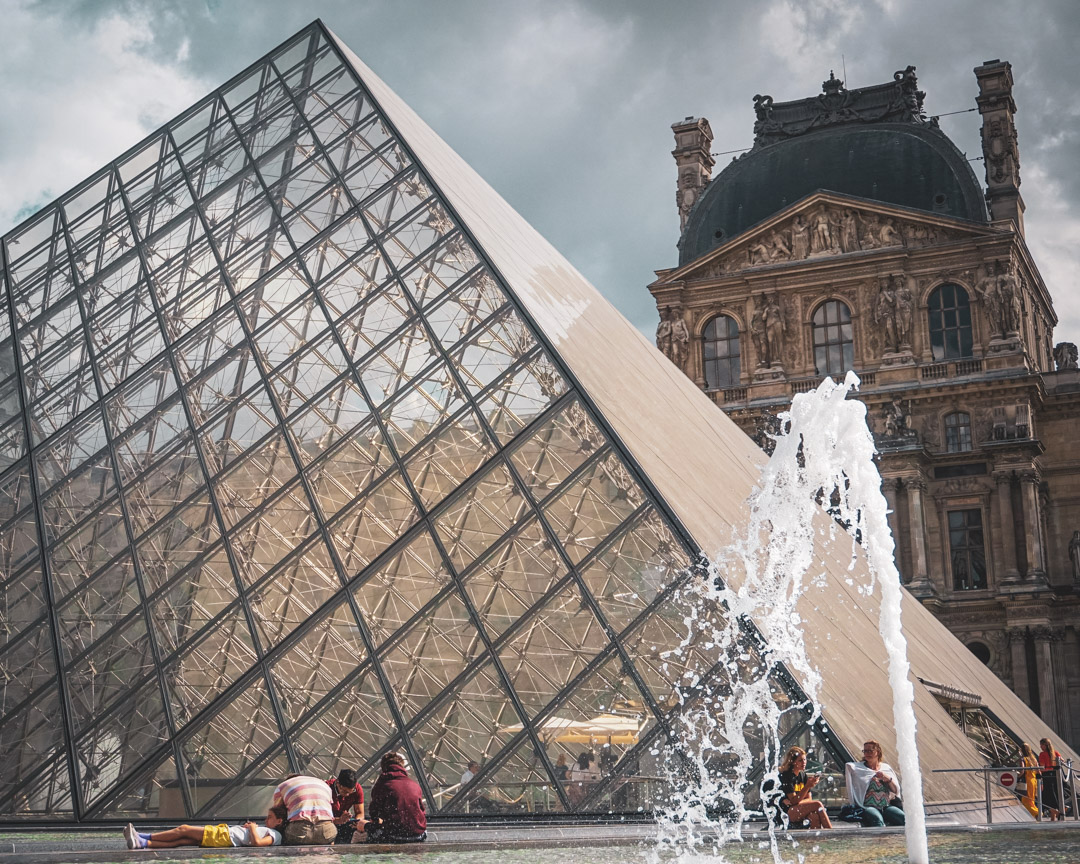
I had been in Paris for two months and had only visited the Centre Pompidou (thanks to my friend who joined me for the World Cup). So I decided it was time to take advantage of the city.
I had heard that the Louvre can take a good three days to get through and after seeing how big it is on the outside, I believe it. I wasn’t quite ready for that type of commitment, so I decided to stay on the small side of museums of both the popular and obscure variety.
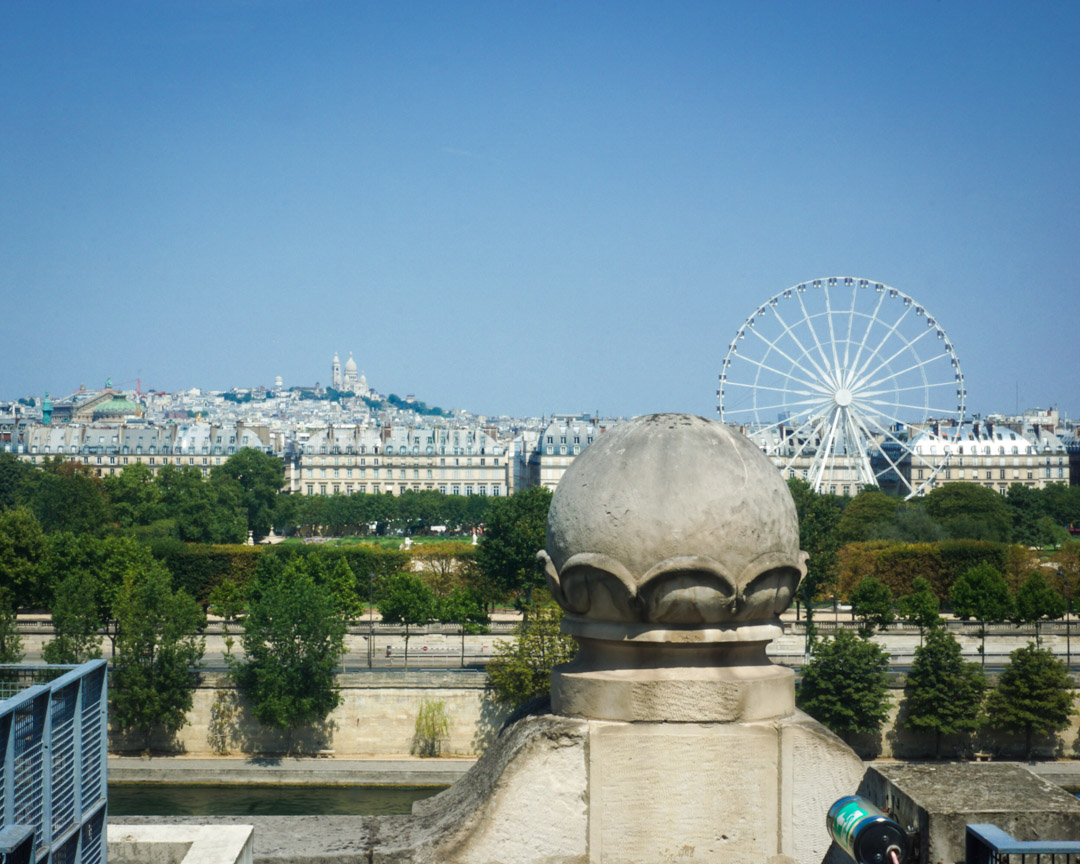
In 48 hours, I hit the Musée d’Orsay, Musée Français de la Carte à Jouer, and Mundolingua: museums of art, playing cards, and languages respectively.
In case you don’t know, I’m a language nerd who loves games, so I was pretty stoked that those last two museums even existed. Retrospectively, I think a whole day could have been dedicated to each.
I also just so happened to hit these museums on days during which Paris was breaking all its heat records – which was fine, since museums have A/C, unlike the place I’m staying.
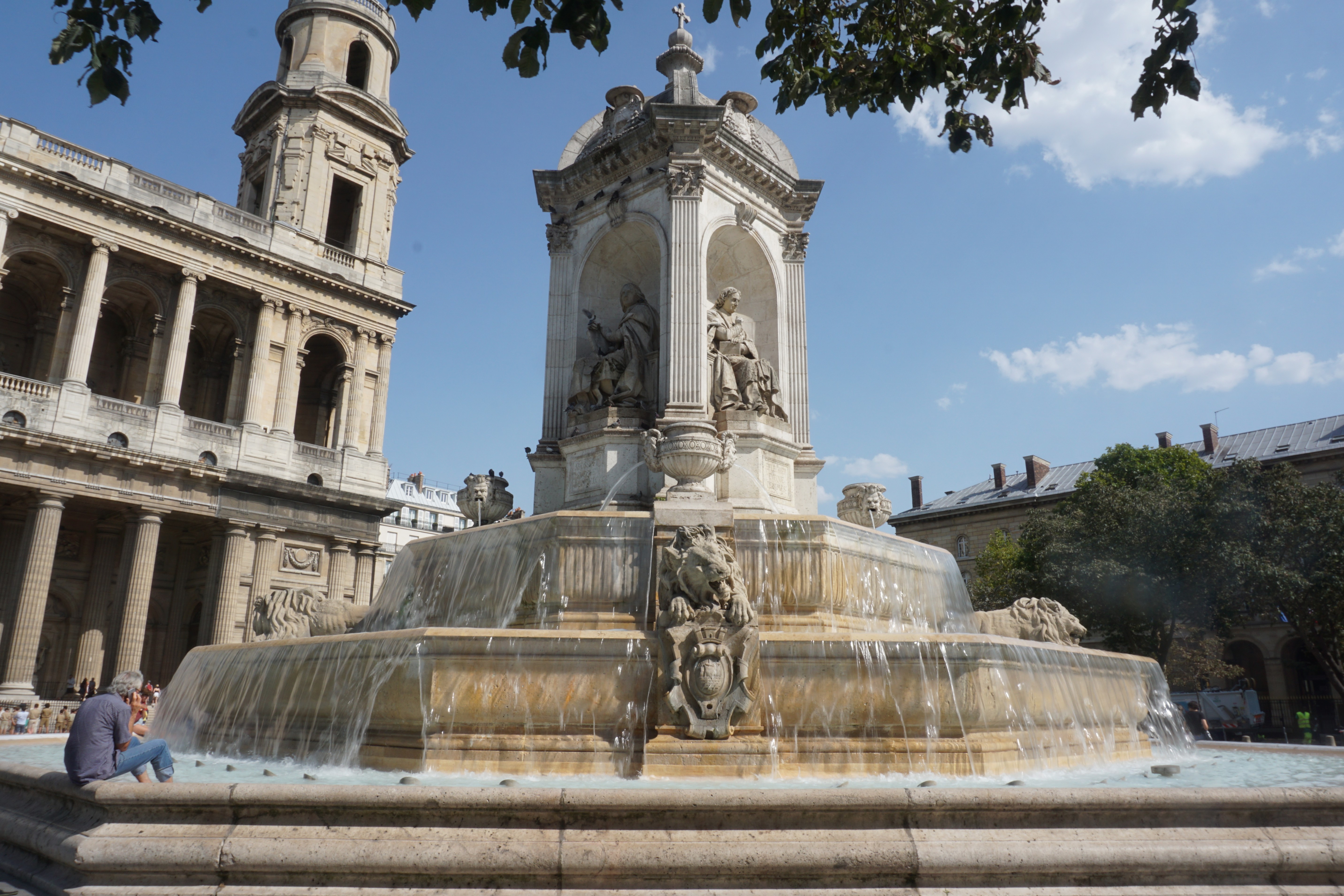
Anyhow, I took the metro to a new part of Paris and headed toward the Musée d’Orsay.
This is probably my favorite part of exploring things on my own. If I see something I want to do or if I change my mind on original plans, I can do whatever I want without needing to coordinate with other people. I just go.
As it turns out, there was a bridge up ahead across the Seine, so I passed the museum to check it out. It was a pretty bridge with beautiful views and the well-known padlocks on the railings. It was a small, pedestrian-only bridge with a comforting simplicity. Then I crossed to the other side of the river to walk along the Seine. I found a bench. I sat and I journaled in the morning light that was not yet suffocatingly hot.
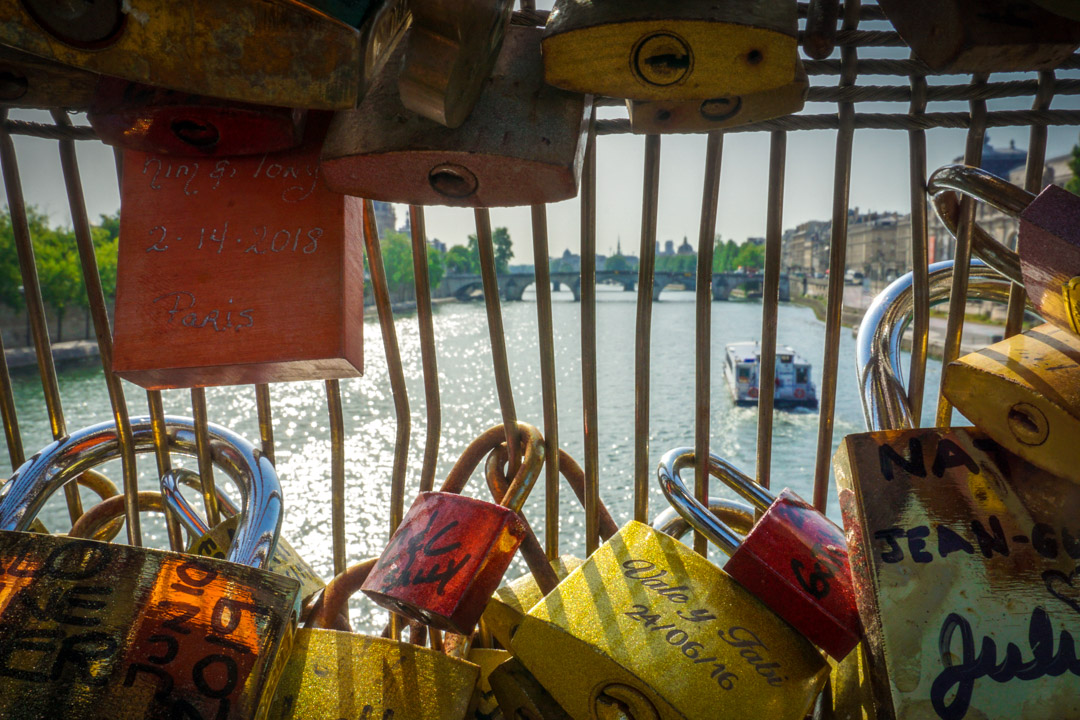
It’s a wonderful freedom to know that you can take the time to enjoy your surroundings, to look up, to pause, to explore. To not have to be somewhere, to meet someone, or to be on time (though that last one rarely happens for me anyway).
Of course, in my particular scenario, the lack of job or thus income that comes along with that freedom can be inconvenient to say the least, but we’ll deal with that later.
Musée d’Orsay

This museum is small compared to the Louvre, and I still spent a good 5 hours there (including a half hour lunch break at the café). Before we move foward, please know that I’m not particularly knowledgeable in art and my appreciation of it is fairly elementary.
To start, I love sculpture, so I appreciate that the Musée d’Orsay has rows of sculptures on several levels. There were paintings by some well-know names there: Van Gogh, Monet, Manet, etc. I recognized Degas’ Blue Dancers.
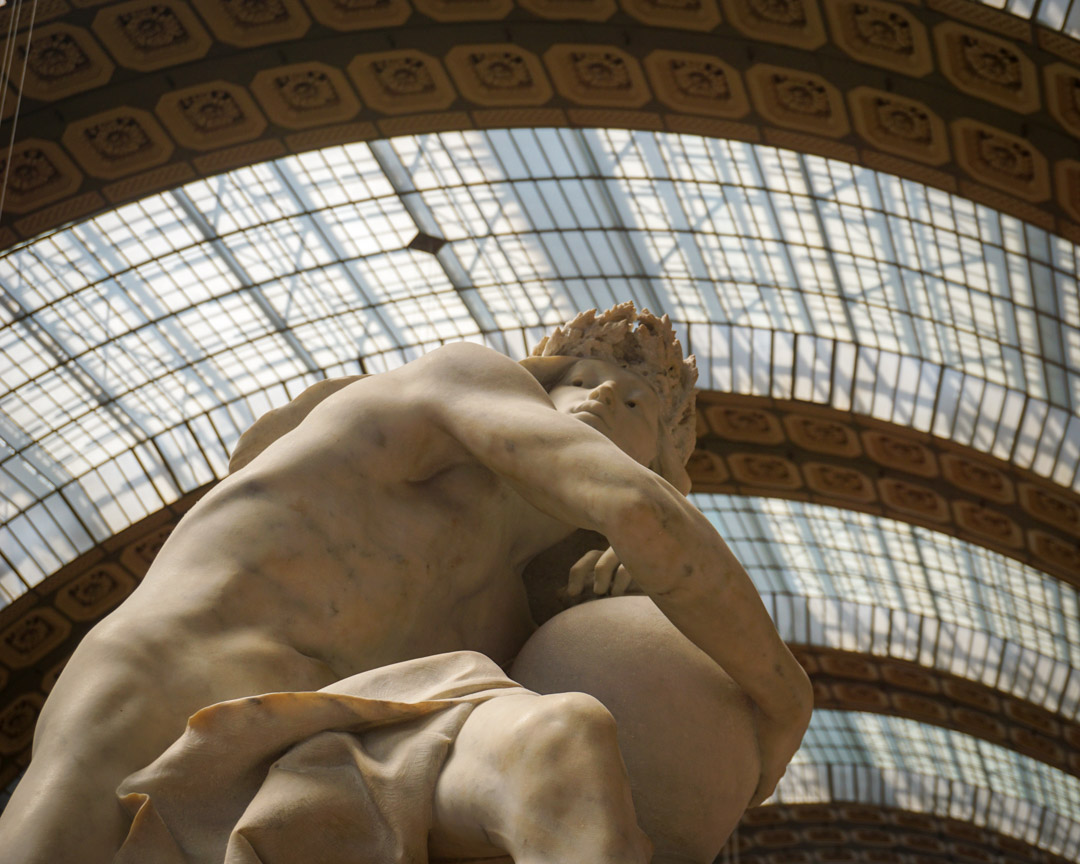
On this particular visit, the museum had a strong feminine theme – something about women and power in art. The temporary exhibit was the work of a female impressionist I had never heard of, despite that fact that she worked with and was friends with the big names of the movement (namely Manet): Berthe Morisot.
I arrived not long after the museum opened and purchased a combination ticket for the Musée d’Orsay and the Rodin Museum (which I have not yet been to, but will write about after I visit it). There weren’t many people there and I began strolling along the art, reading every word of every panel on every wall with further explanation and information. That method of making my way through the museum probably lasted about a half hour. Maybe.

Like I said, it’s not a “big” museum, relatively speaking, but there’s still a whole lot to see. It’s also kind of a labyrinth. I thought I had seen everything when I realized I didn’t remember seeing anything by Van Gogh. An absurdly difficult search ensued until I found that, while weaving my way in and out of rooms, I had missed the one room with Van Gogh art.
Five floors, three restaurants, at least five spots with views, and I have no idea how many wings and rooms: I wished I had a map. I’m pretty sure they have them – at least, I think that’s what people around me were looking at, though I have no idea where they got them.
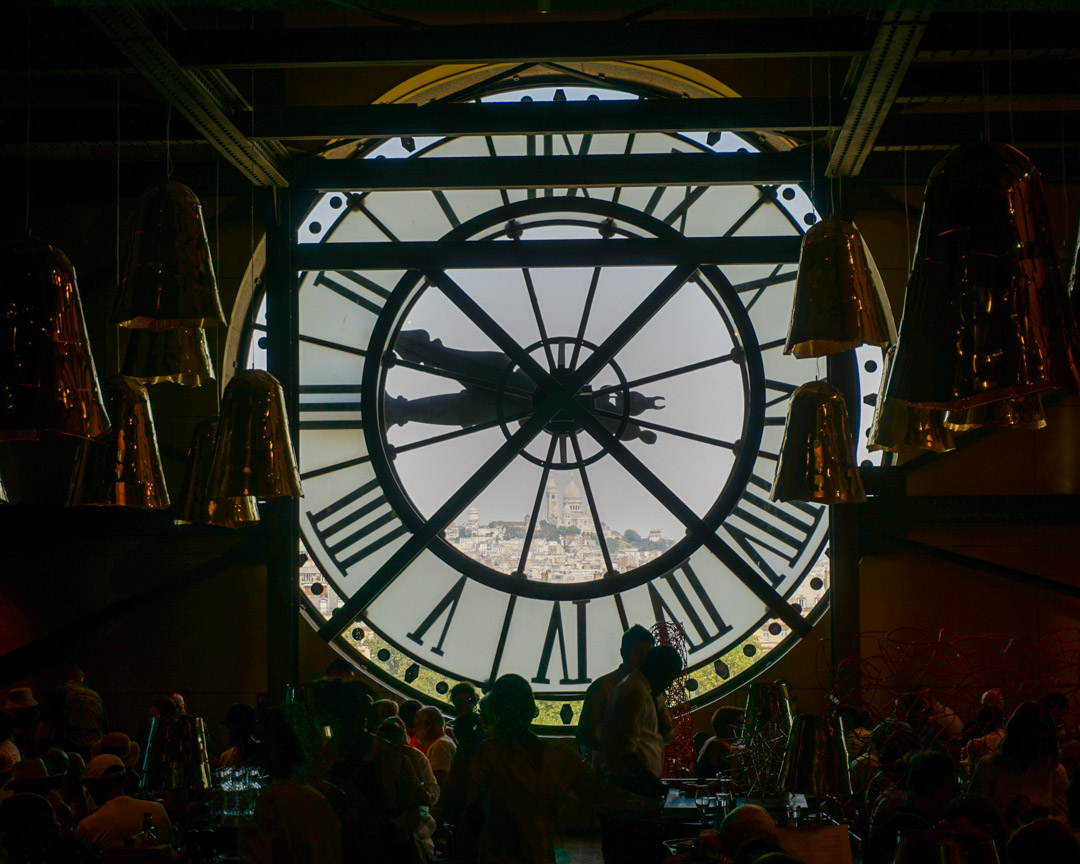
As it got later in the day, the museum filled more with people. I started running into people fairly regularly. We would turn to look at each other, wanting to apologize, unsure of which language to do it in. It’s a strange moment, realizing there’s a fairly large chance that the person you would like to communicate with doesn’t speak whatever language you’re about to use (something I encountered even more so during the World Cup games).
I feel like art admiration shouldn’t be so fatiguing, but for whatever reason, by the end of my visit around 3 o’clock (15h), I was exhausted. The air conditioning couldn’t totally keep up with all those warm bodies inside and the 100 degree weather outside. It was ideal nap temperature inside; I was very tempted to go home and sleep.

Instead, I took the metro to the outskirts of Paris, just outside the city limits, to the Playing Card Museum.
Musée Français de la Carte à Jouer
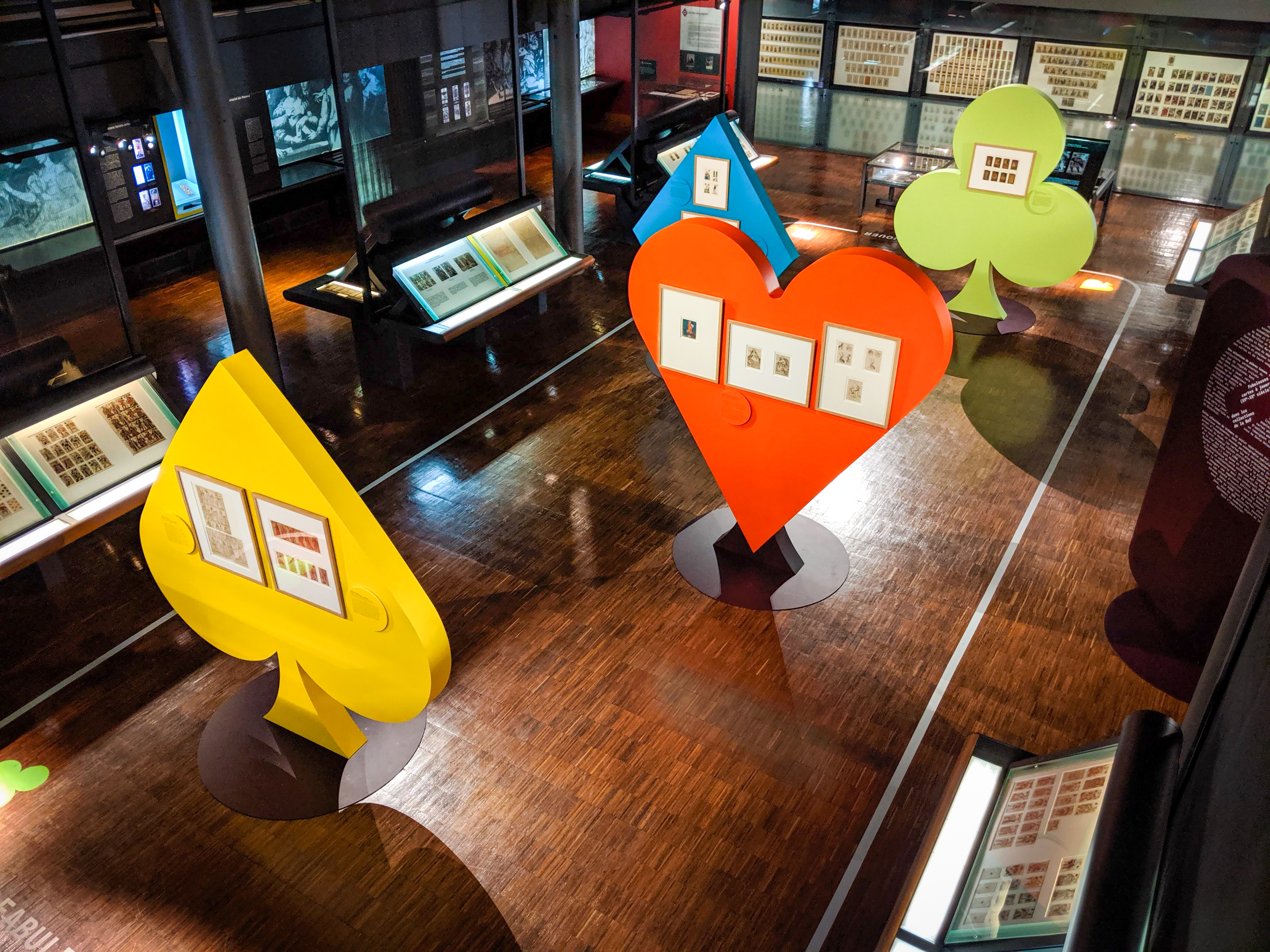
I. Love. Games.
All games.
Silly questions in life include:
“Do you really need to breathe?”
and
“Does Jackie want to play [insert the name of ANY game EVER here]?”
The answer to both, of course, is yes.
The Playing Card museum had three parts:
1) An impressive collection of historical letters.
2) The history of the city in which it is located (Issy-les-Moulineaux).
3) The Playing Card section.
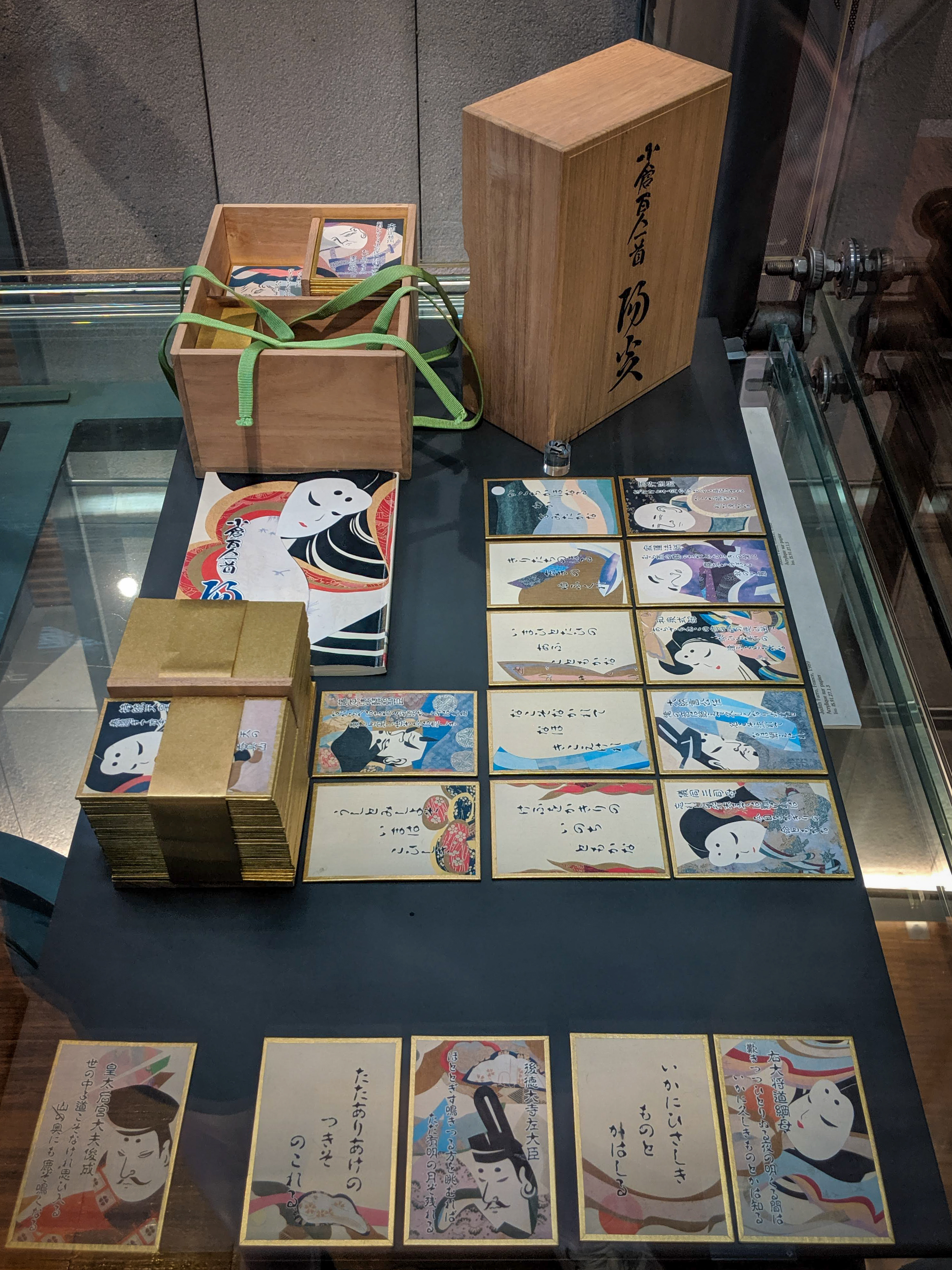
I started in the section with historical letters. After his death, Daniel Savary requested that his personal collection of famous letters and signatures be shared in a museum. This was a part of the museum I did not know about beforehand. I honestly wasn’t too excited about it until I saw which historical people were included, and then I was a nerd variant of star-struck. The collection included documents written or signed by people listed below, though not all of them were on display. I am mentioning a small sample of the most famous people – there were probably over a hundred, including:
Sigmund Freud
Albert Einstein
George Washington
Marie Curie
Sir Isaac Newton
Niccolò Machiavelli
Karl Marx
Ghandi
Several of the King Louis (including Louis XIV, Louis XV, and Louis XVI)
Napoleon Bonaparte
Victor Hugo
Marie and Catherine de Medici
Louis Braille
Charles Darwin
Thomas Edison
Léon Tolstoï
Ernest Hemingway
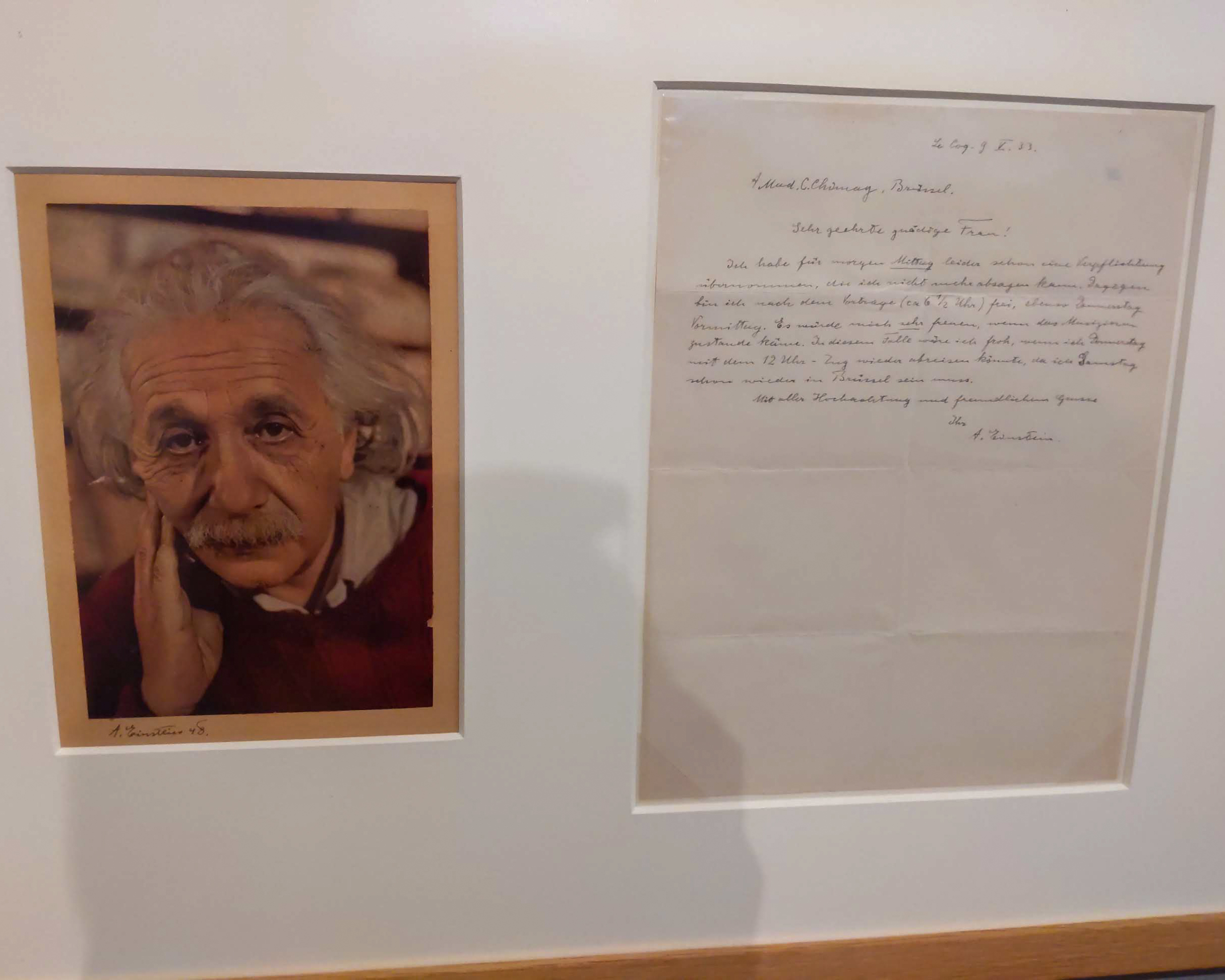
I’m going to include a longer list (that is still just the tip of the iceberg) at the bottom of the article for those who are curious. In theory though, I was looking at the hand writing of some of the greatest (or at least very famous) minds and leaders in human history. I couldn’t seem to look away. Nor could I quite wrap my mind around the fact that this was, prior to being part of the museum, a personal collection.
In the list at the bottom of the article, you will also see a few of my favorite authors. I, a writer, was looking at pieces of paper that my favorite dead authors had written on with their own hands in their handwriting. Like I said: nerd variant of star-struck.
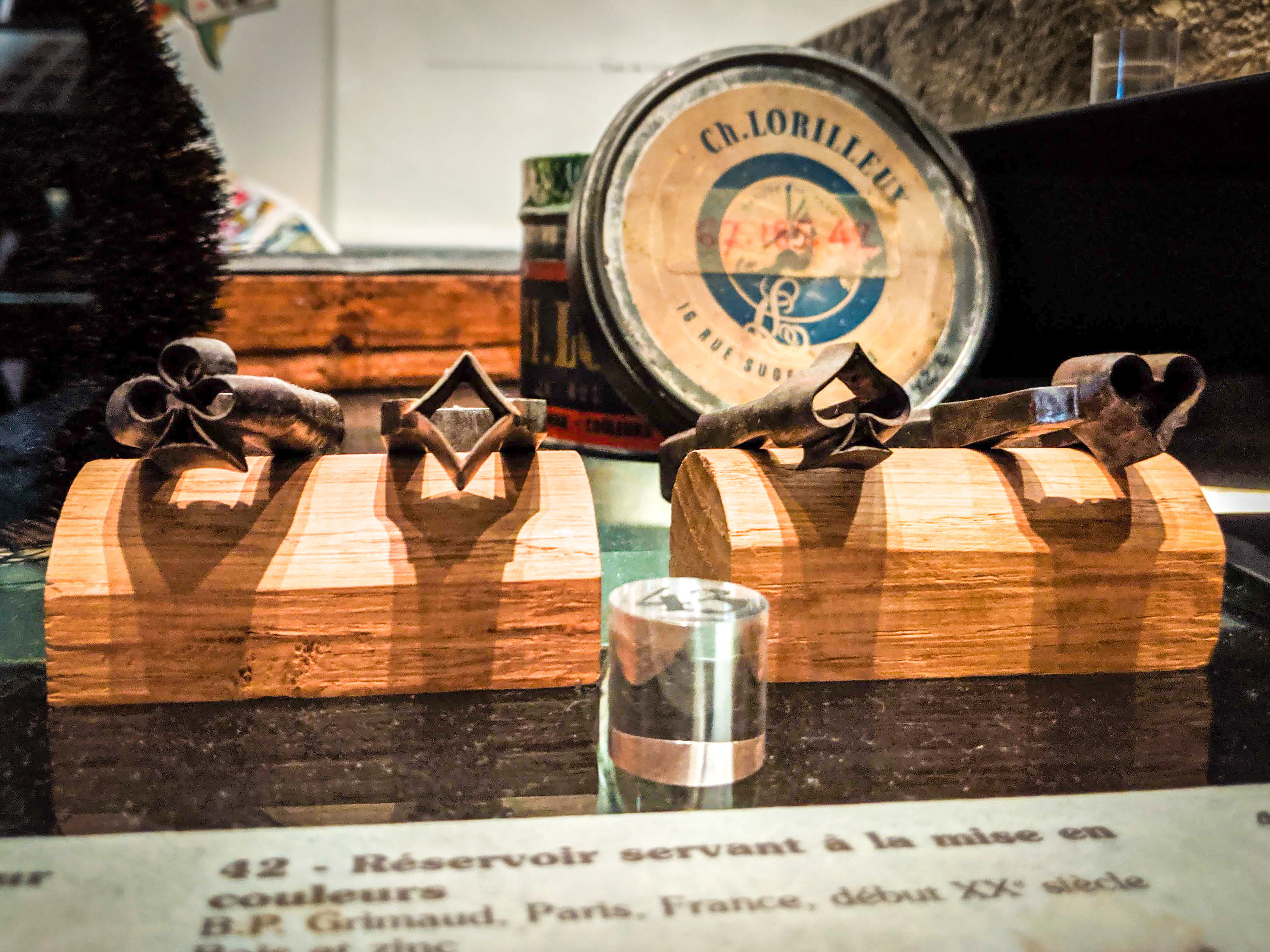
I thought a few times that I should probably move along. I hadn’t even gotten to the playing card section of the playing card museum. But I saw that I had almost two hours before the museum closed, so I took my time and remained in awe.
Oh, also, did I mention I was the only person in this museum? It was not as well-air-conditioned as the Musée d’Orsay, but it was air-conditioned enough, which was helped by the lack of other bodies around me.
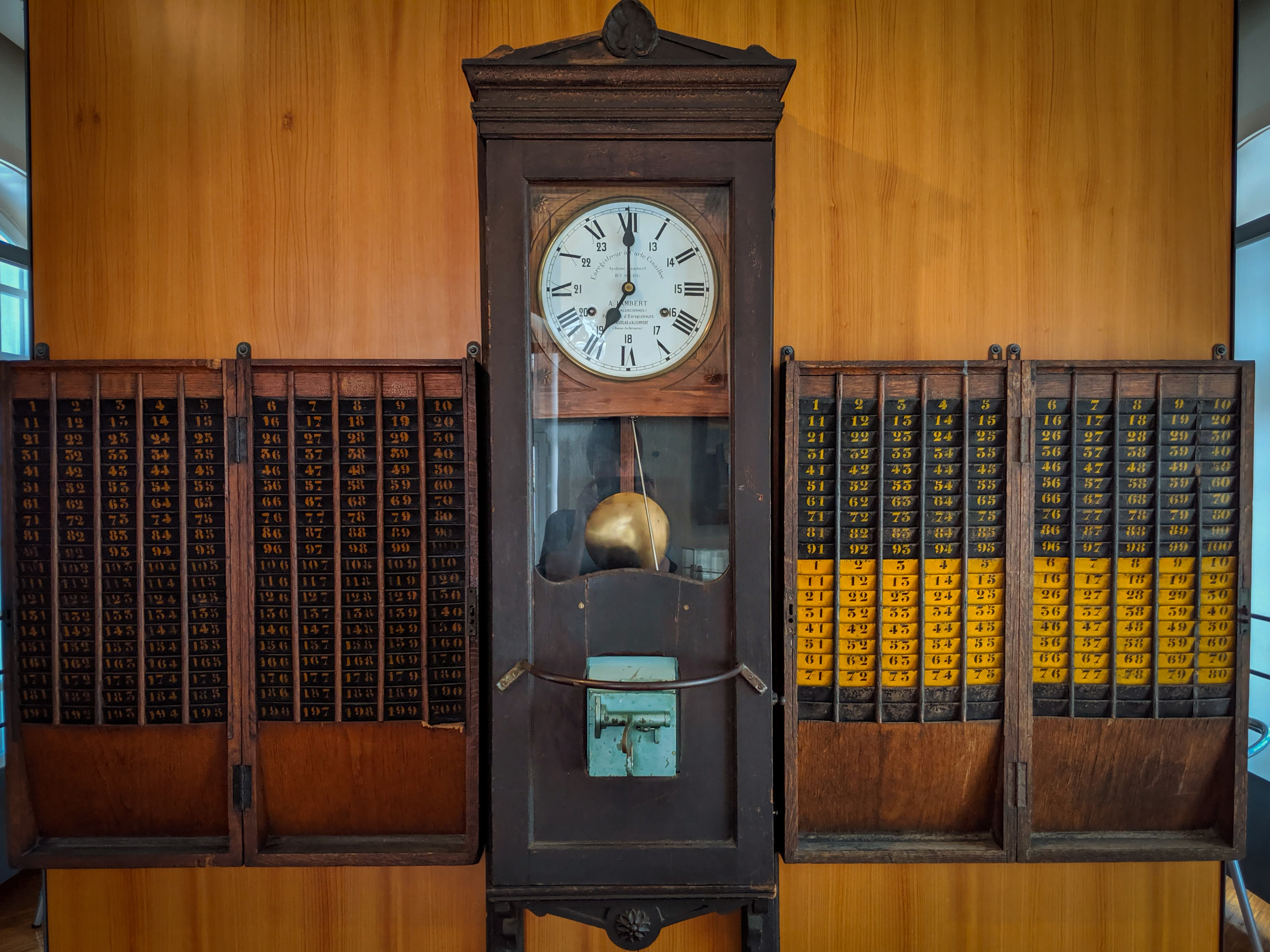
Eventually, an employee of the museum came to find me to let me know that they would be closing in 30 minutes: the museum closed an hour earlier than I thought.
At that point, I got moving, whizzed through the second section (though the history of industrialization is definitely an area I would have like to spend more time in), and meandered my way to the playing cards section. All in all, I had about 20 minutes in the area that I had intended to spend a couple hours in.
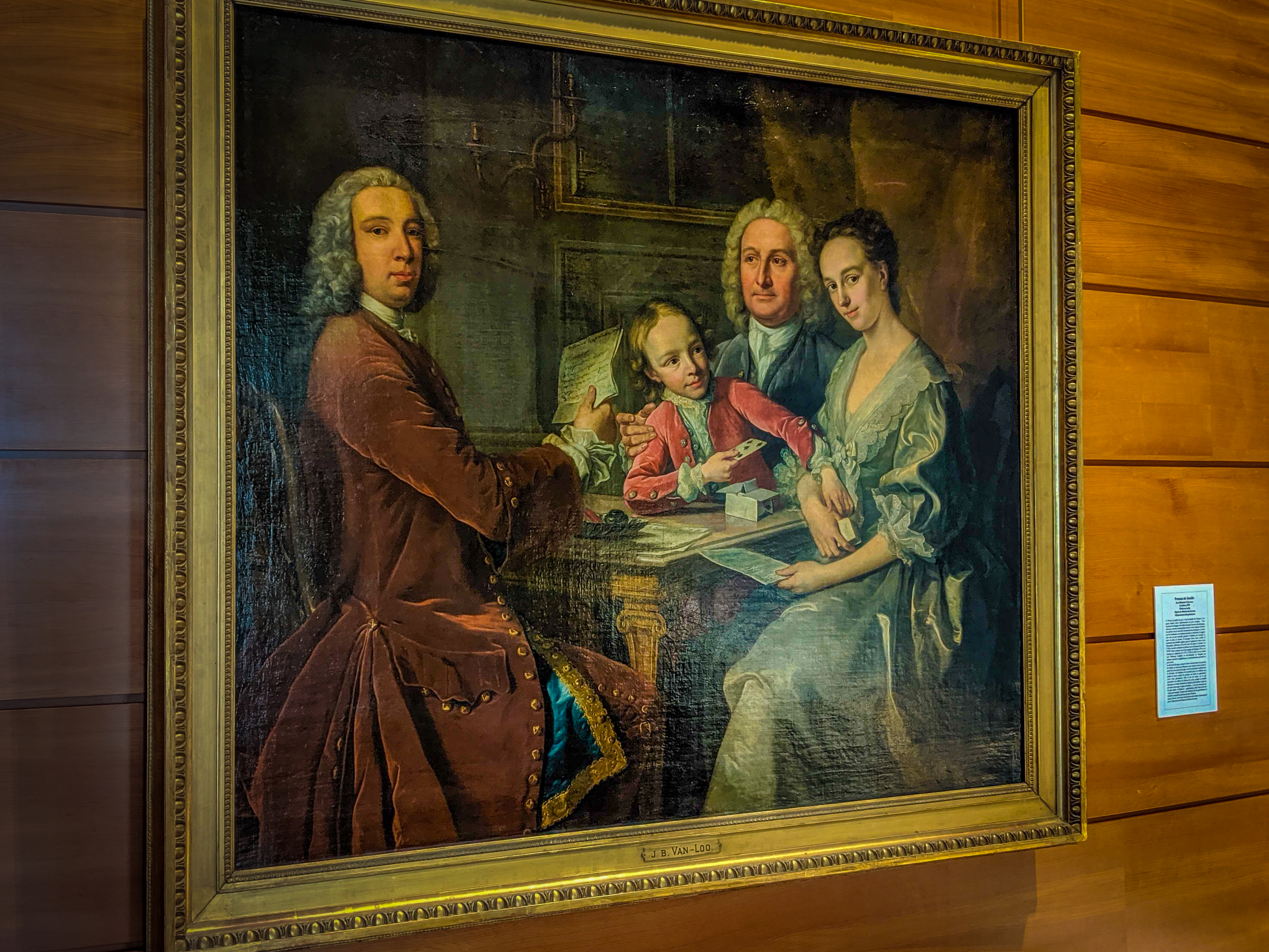
I’m hoping I can go back though. The price was something insanely manageable like 7 euro and there was so much more to see! There was the history of the role of card games and the history of how they were made. There was a collection of unique and rare playing cards that took decades to put together. There was historical artwork that included playing cards as well as a little section of playing card tables. I definitely could have spent hours there.
Mundolingua
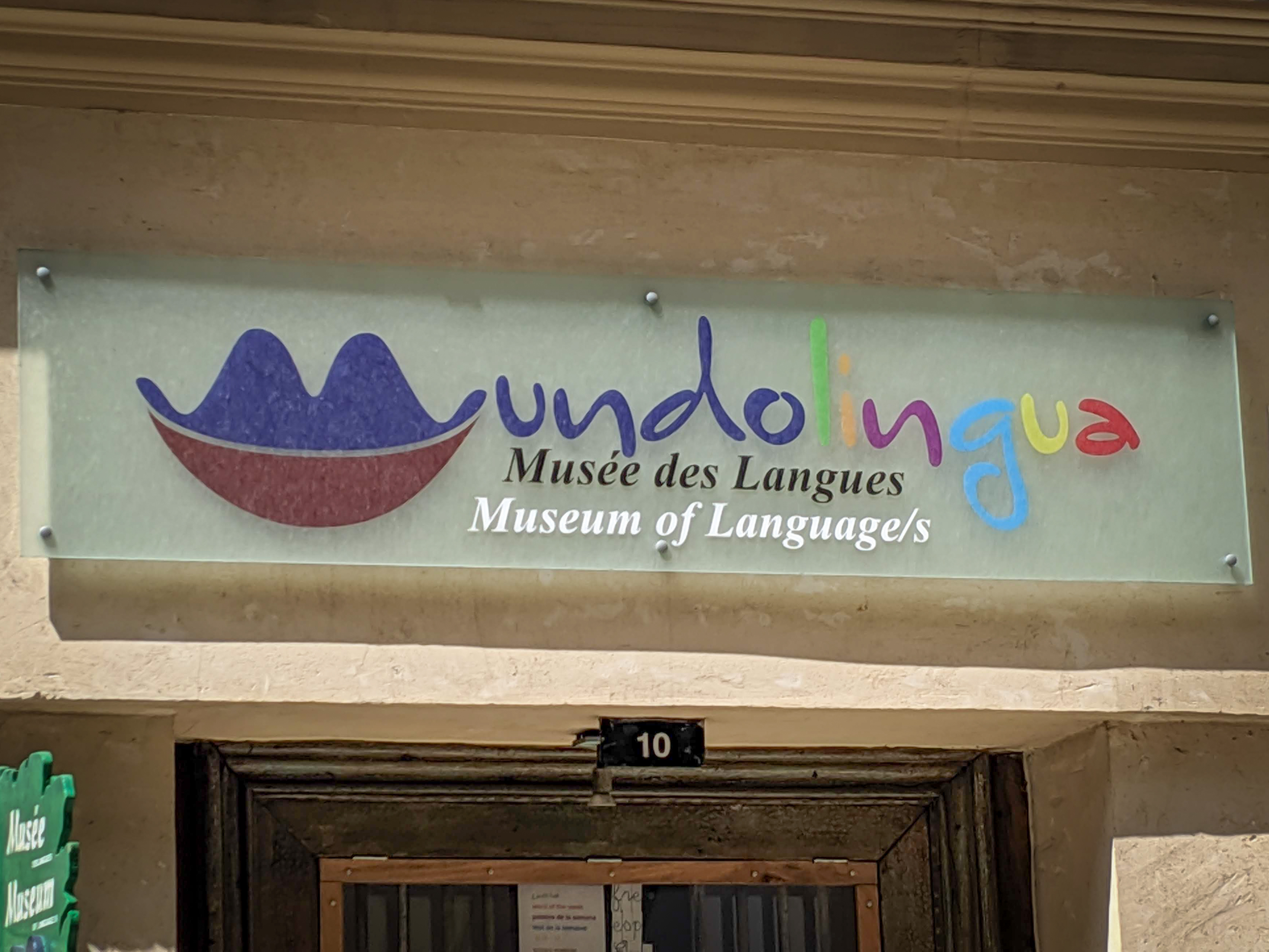
The following day, I made my way to the only language museum I’ve ever heard of (though in all honesty I haven’t previously spent a lot of time searching for one).
I entered, super-nerd, ready to geek out. I immediately picked up on the accent of the employee at the entrance, Max. I asked if she spoke English and then immediately felt terrible for asking; it drives me crazy when people try to speak in English with me when I start in French. Then again, she did, and we switched to English. It turns out that she is also from the West Coast of the U.S. and has studied linguistics, which was a fun connection for me.
Then I made my way through the museum.

The two floors were like an introduction to linguistics. Some of it, I was already familiar with from my studies. All of it was interesting. The second floor was about three flights of stairs down, which gave it a unique dungeon feel. There were 35 sections with different information spread between the two floors: everything from basic linguistic definitions to how humans learn languages (both native and secondary) to codes to swear words to word games (AKA my kryptonite).
Quick side note on swear words: I learned that bloody, as in the British swear word, has religious roots, similar to exclamations such as “God dammit” or “Jesus Christ”. Bloody is a variant apparently of “by our lady”.
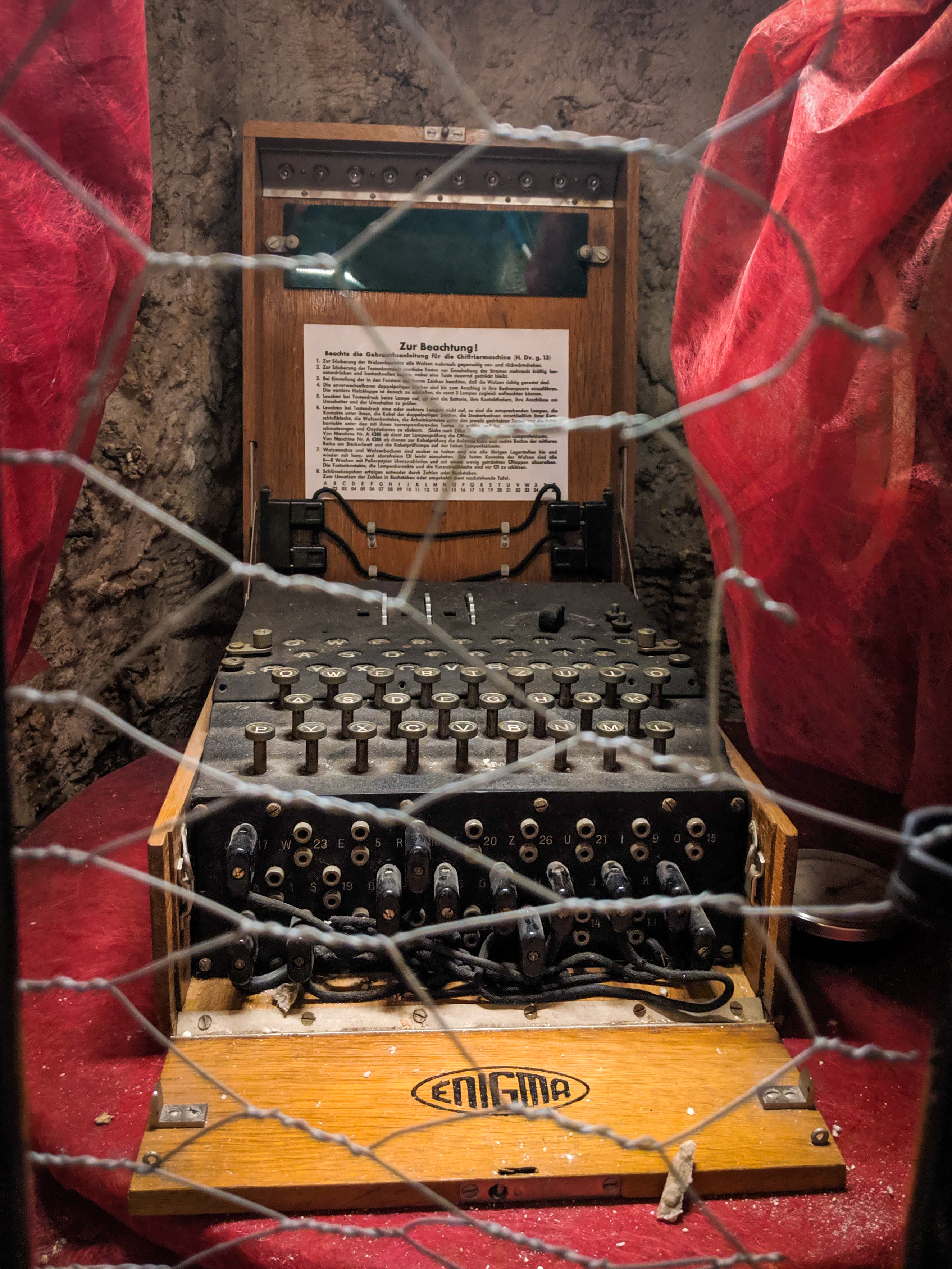
The entire experience was multi-dimensional. The information was presented in audio, visual, and tactile ways. I loved all the decorations, too! There were clocks in different languages and the bathroom had the word for “toilet” in several languages on the door. The entire museum, in fact, was presented in the six official languages of the UN. So as long as you speak Chinese, Russian, French, English, Spanish, or Arabic, you can enjoy this museum (which is pretty impressive).
A few hours in, the creator of the Museum, a New Zealander named Mark, informed me that he would be doing a mock presentation. The museum receives many student groups; Max was still in training and he was teaching her how to present to the students. I, along with the two other museum-goers at the time, were invited to be their mock audience.
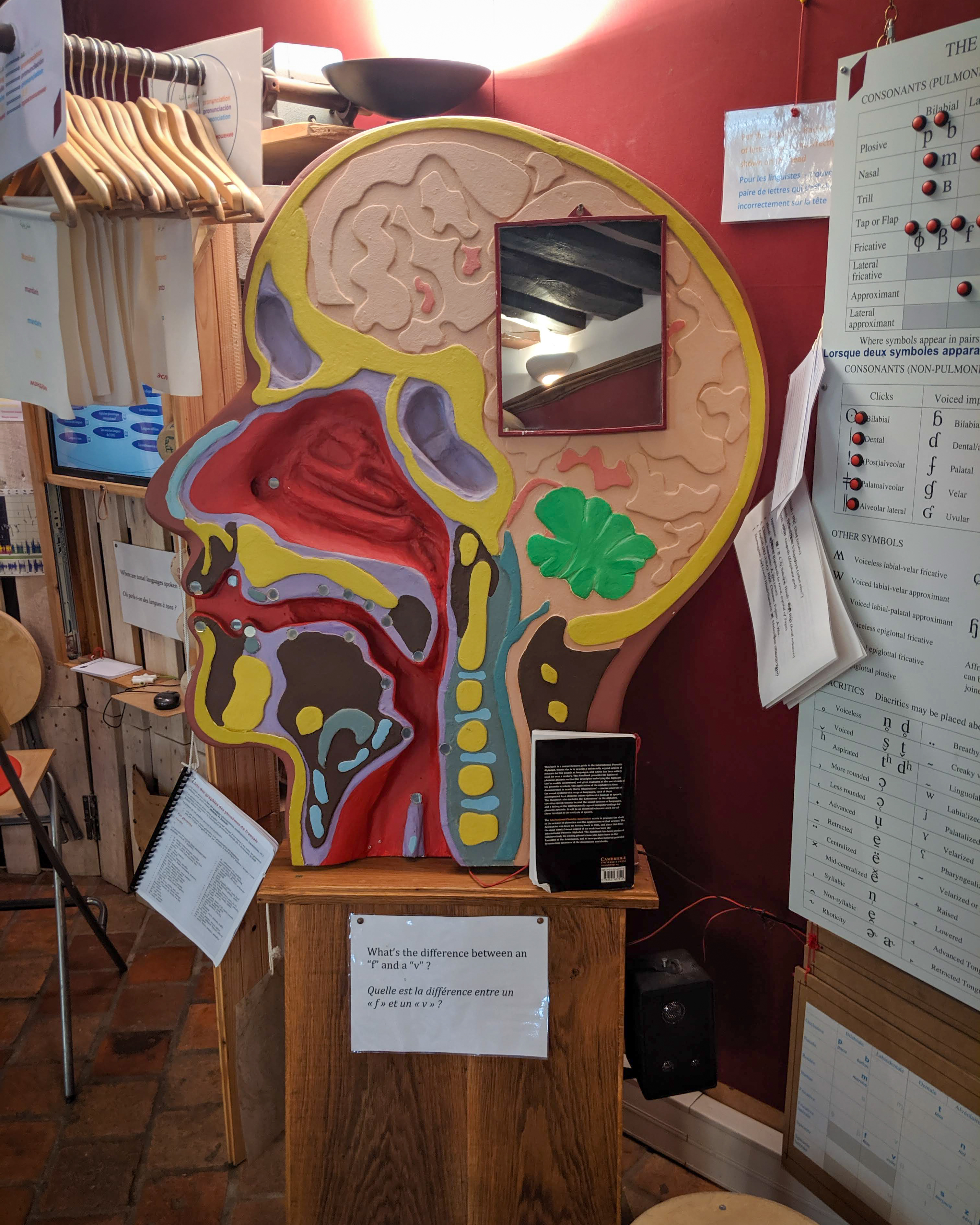
What ensued was an overview of the museum and linguistics. Between the three of us in the audience, we spoke English, French, Italian, German, and Korean, which allowed for really cool language comparisons. I think my favorite is the concept of words or concepts for which there is no equivalent in other languages.
For example, in French there is no equivalent to creepy. Google translates creepy into French as terrifiant, which is terrifying in French. It’s close, but not the same. If someone has a creepy vibe, you wouldn’t necessarily describe them as terrifying. Terrifying implies a degree of scary, whereas creepy is more like you can tell in your gut that something is wrong or not okay.
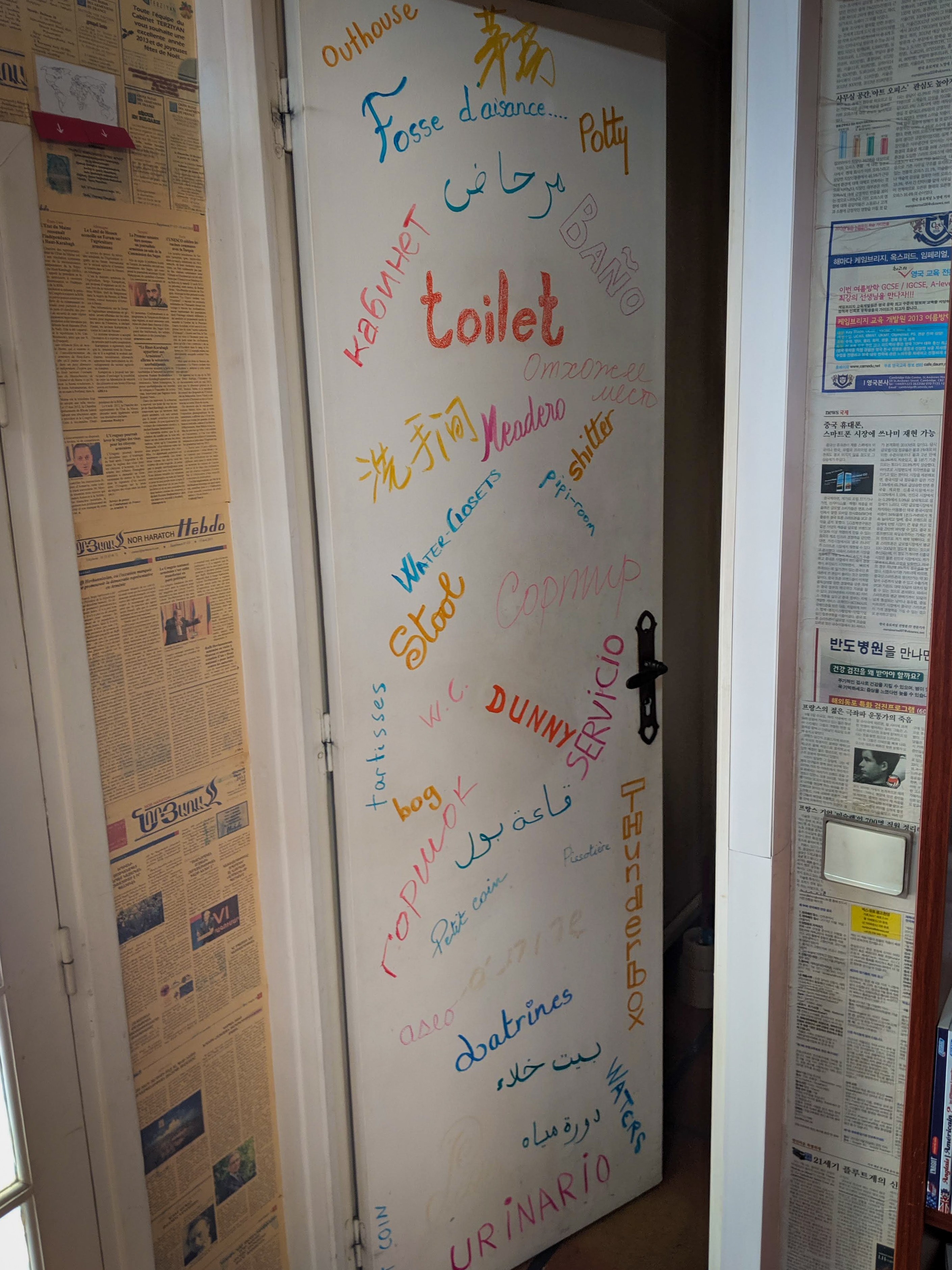
Anyhow, I ran out of time and didn’t even get through the whole museum. I easily could have spent the whole day there, which would have been doable since the 7 euro ticket is valid all day. There were several restaurants down the street, so I could have arrived in the morning, popped out for lunch, then returned to the museum afterward.
For some reason, museums can often feel like a daunting outing, but the visits always leave me feeling impressed and inspired. Plus, I usually end up learning really cool things!
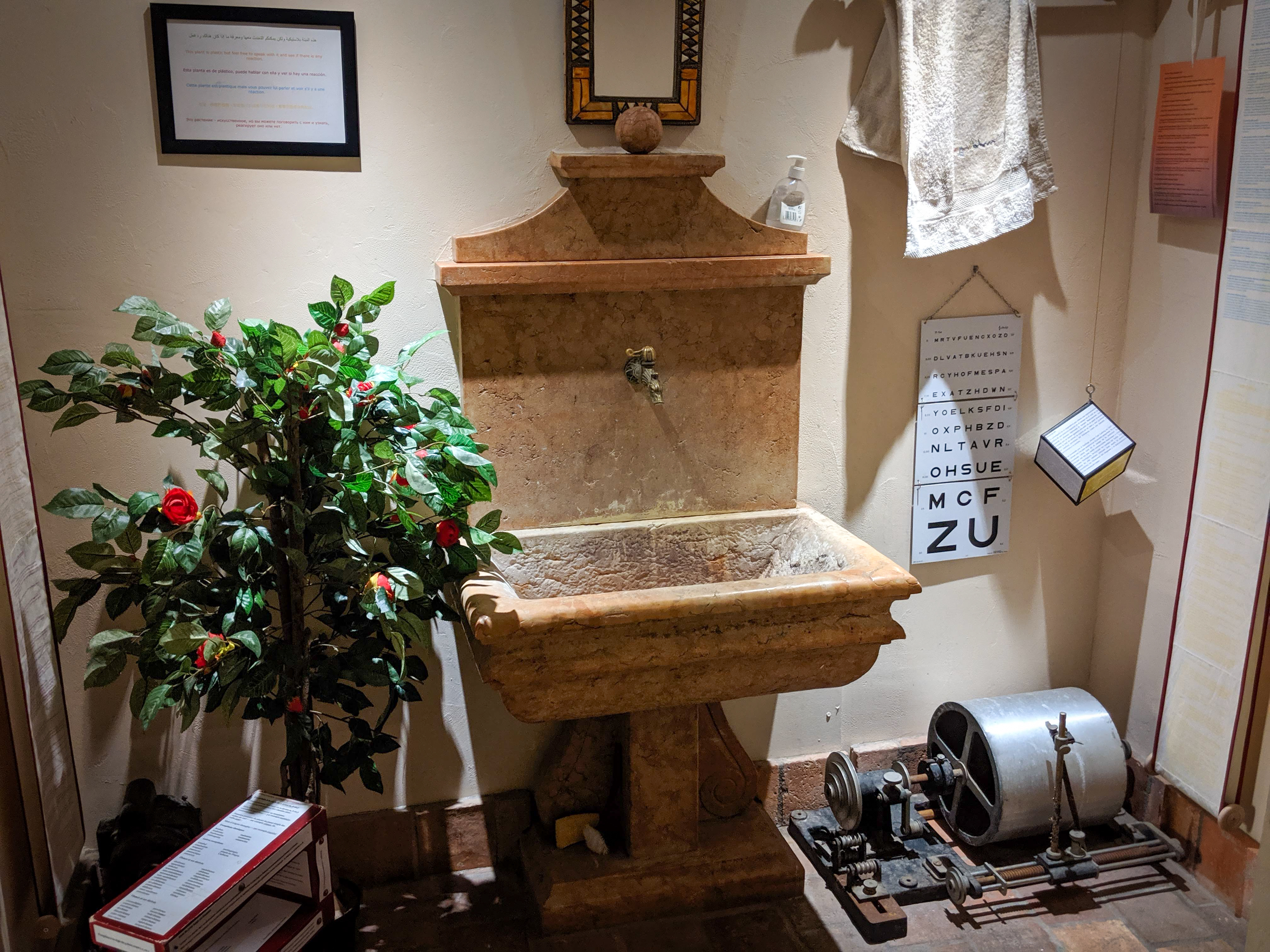
On that note, I will leave you with a few people I learned about (in addition to Berthe Morisot) as a bi-product of my exploration.
The bridge I explored before visiting any museums turned out to be called the Passerelle Léopold Sédar Senghor. I immediately recognized the name of the author whose work I had read in school.
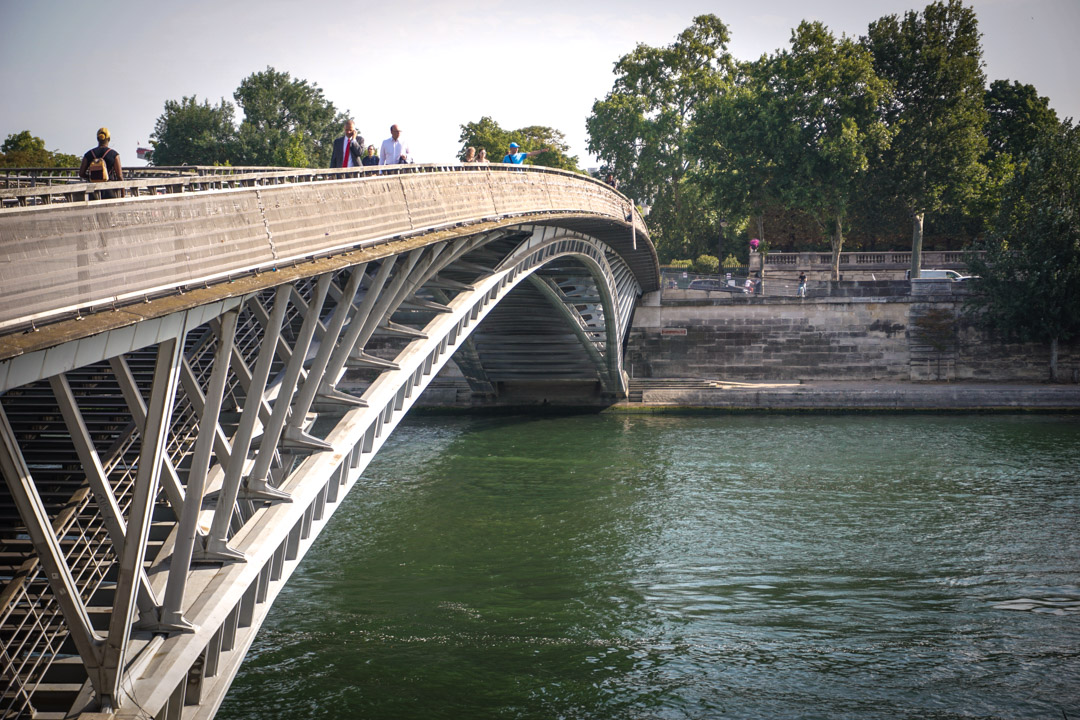
I didn’t remember a lot about him, so I looked him up. Léopold Sédar Senghor was the first president of the Republic of Senegal after it gained independence from France in 1960. As a writer, he explored the concept of “négritude” (of which an extremely simplified description would be black identity). He wrote the Senegalese anthem and was the first African man elected to the Académie Française, the institution which pretty much makes all the official rules for the French language.
In addition, on my way to the language museum, I passed a plaque for Olympe de Gouges, who was a person I had never heard of. She was a writer and social activist known for defending the rights of women during the second half of the 18th century, dying a generation before Susan B. Anthony was even born. She is particularly known for writing her Declaration of the Rights of Woman and of the Female Citizen.
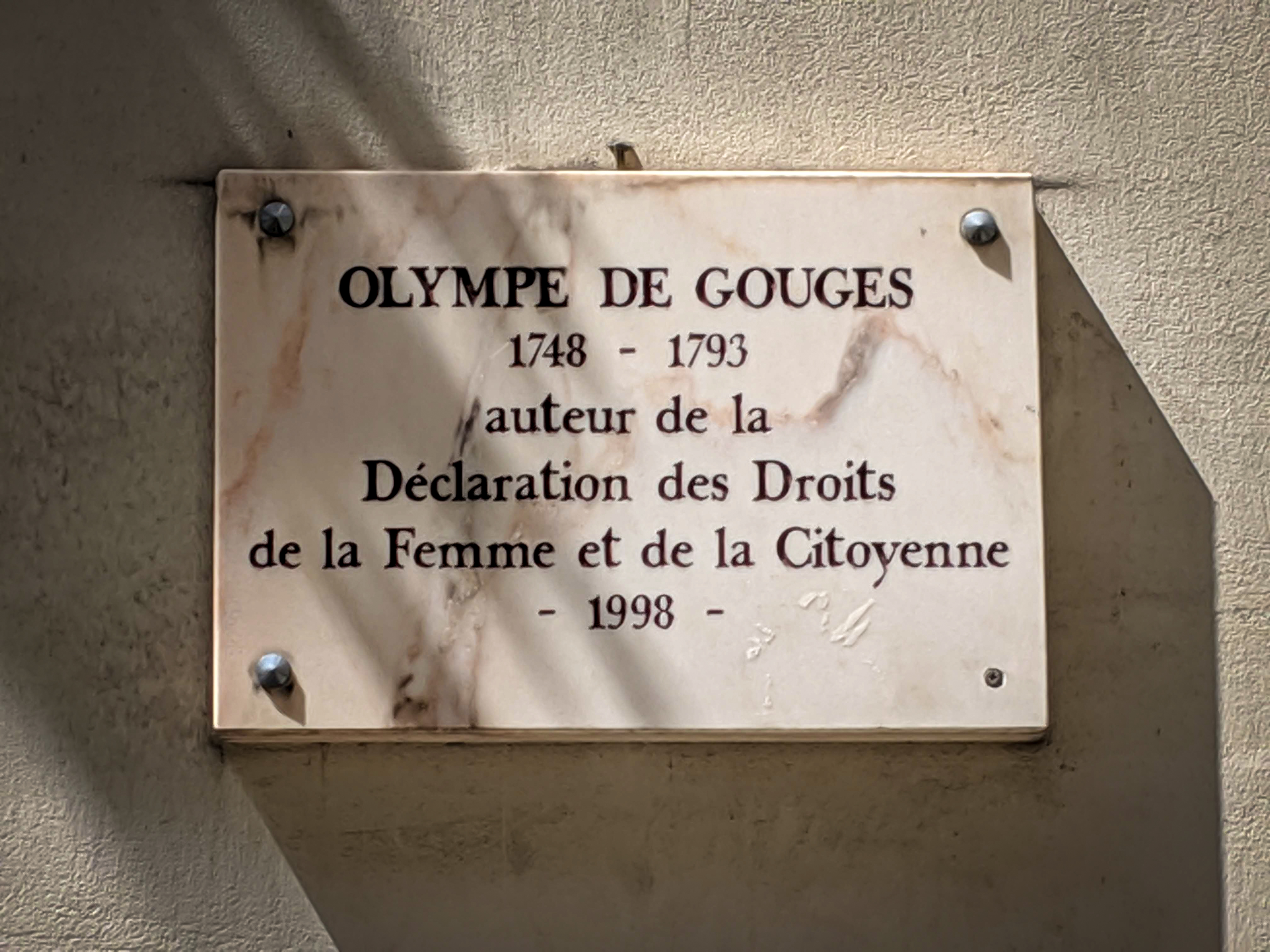
In the end, what I really figured out is that I’m going to be more interested in spending time at a museum that’s about something I’m interested in. The Musée d’Orsay was far and away the largest museum of the three, but I felt like I satisfyingly covered it in five hours. The other two are small, obscure museums hidden on the outskirts of town or down quiet streets, but I would have wanted to spend a day in each place from opening to closing.
I guess that’s kind of how life is, too. It’s not about exploring what we are supposed to be interested in, or what people expect us to want. Rather, it’s about finding the little things we truly care about and devoting our time to those.
As promised, a more comprehensive list (though still far from even half-way complete) of historical people included in the collection of Daniel Savary and displayed at the Musée Français de la Carte à Jouer:
Benjamin Franklin
Jack London
Jean Cocteau
André Breton
Jaques Prévert
Gustavo Eiffel (yes, as in the tower)
Louis XII
Auguste Rodin (there were also a few busts by him)
Samuel Beckett
Simone de Beauvoir
Denis Diderot
Voltaire
Franklin D. Roosevelt
Maximilien de Robespierre
Alexander Graham Bell
Guglielmo Marconi
Agatha Christie
Albert Camus
Alexandre Dumas
Blaise Cendrars
Charles Dickens
Charles Baudelaire
Emile Zola
Eugène Ionesco
Georges Bernard Shaw
Gustave Flaubert
Guy de Maupassant
Hans Christian Andersen
Stendhal
Jean Jacques Rousseau
Jean Paul Sartre
John Steinbeck
Jules Verne
Marcel Proust
Marcel Pagnol
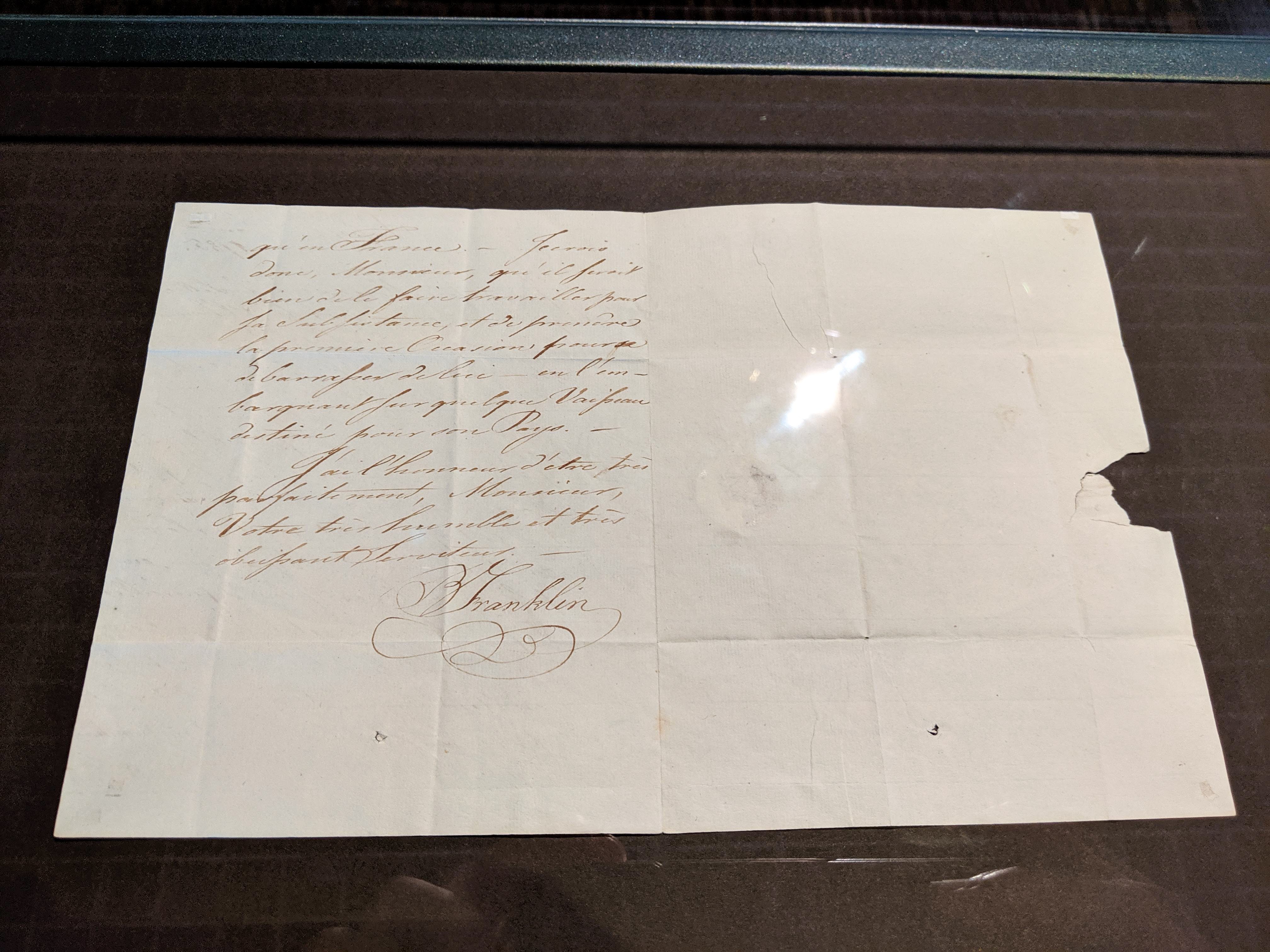
Credit
Photo editing credit: Zac Tate.
References
Presidency of Senegal: Léopold Sédar Senghor
http://www.presidence.sn/en/presidency/leopold-sedar-senghor
Encyclopaedia Brittanica: Olympe de Gouges
https://www.britannica.com/biography/Olympe-de-Gouges
Jackie, The Playing Card Museum and Museum of Languages seemed to be great finds, semi-hidden gems. and as you meandered, I meandered also, along the path of discover, stepping along stones in the stream, not certain of what was beneath the water but enjoying the fluttering images. One image I come back to, to attempt to clarify, is Who is David Savary? How did he come to accumulate these handwritten letters and signatures, and yet I can find nothing about him on the internet? Was he simply an eccentric wealthy collector, or did he have connections to any of the individuals that started his own meandering? Or, perhaps that isn’t as important as enjoying the view over the stream. B
LikeLike
Just realizing I never responded to this. My apologies for the delay. That is a wonderful question, and I believe he was just a collector, though I’m not totally sure. Your Google search may be helped by searching Daniel Savary (not David), though my own search did not reveal much. I found only a French article about his collection. If you open it in Google Chrome, it may be able to translate the page for you: http://www.leparisien.fr/hauts-de-seine-92/issy-les-moulineaux-newton-rodin-napoleon-ier-s-affichent-au-musee-02-08-2019-8127624.php
LikeLike